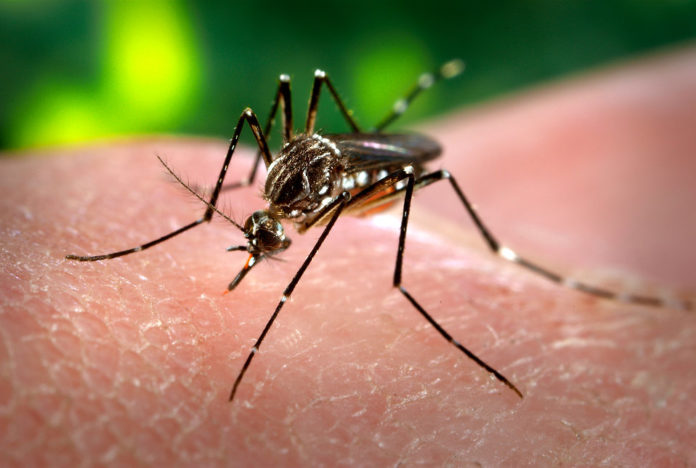
Around 2000 samples were tested for Zika, 159 positive cases have been confirmed
The strain of Zika Virus in Pune is different from the African strain and is not associated with birth defects.
National Institute of Virology Pune an institute under the Indian Council of Medical Research Pune has sequenced 5 Zika virus strains collected at different time points of the Jaipur outbreak. Advanced molecular studies of Zika virus strains, carried out through Next Generation Sequencing suggest that the known mutations linked to fetal microcephaly (small head, immature brain) and high transmissibility of Zika virus in Aedes mosquitoes are not present in the current Zika virus strain that has affected Rajasthan.
In India, the first outbreak was reported in Ahmedabad in January/February 2017 and second outbreak in July,2017 from Krishnagiri District in Tamilnadu
A statement from the government however reiterated that it continues to maintain is high vigil on the possibility of adverse pregnancy outcomes in women exposed to Zika virus. This is to stay prepared for any mutations in the strain.
The Union Health Ministry is reviewing the situation on a daily basis. Around 2000 samples were tested for Zika virus positivity, of which 159 positive cases have been confirmed. Adequate numbers of testing kits have been provided to the Viral Research and Diagnostic Laboratories.
The ministry said in the statement: “The State Government has been supplied with IEC material prepared to create awareness about Zika virus disease and its prevention strategies. All pregnant mothers in the area are being monitored through NHM. Extensive surveillance and vector control measures are being taken up in the area as per protocol by the state government.”
Zika virus disease is an emerging disease currently reported by 86 countries worldwide. Symptoms of Zika virus disease are similar to other viral infections such as dengue, and include fever, skin rashes, conjunctivitis, muscle and joint pain, malaise, and headache.
In India, the first outbreak was reported in Ahmedabad in January/February 2017 and second outbreak in July,2017 from Krishnagiri District in Tamilnadu. Both these outbreaks were successfully contained through intensive surveillance and vector management.
The disease continues to be on disease surveillance radars of Union Health Ministry although it is no longer a Public Health Emergency of International Concern vide WHO notification since 18th November, 2016.













